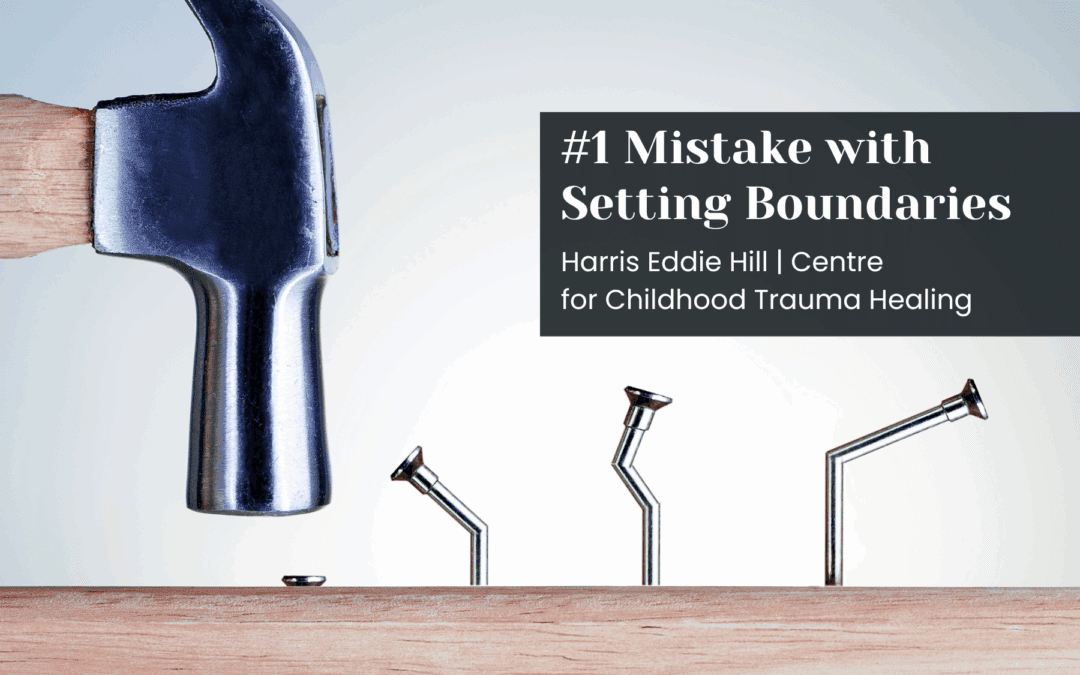Most people think setting a boundary means saying, “don’t do that again.”
That’s only half true.
Boundaries have two steps – and most people stop after step one.
Step one is stating the boundary.
Step two is following through with consequences if that boundary is violated.
No consequence = no actual boundary.
And this is where I see so many people (especially those recovering from codependency or people-pleasing) get stuck.
Some of us used to be quiet. We’d take things on the chin, swallow our discomfort, and try not to make a fuss
Others of us do speak up – but we confuse confrontation with boundaries.
We give people an earful. We let them have it. We deliver long, angry monologues.
But if nothing changes after that? That wasn’t a boundary. That was just a performance.
A boundary is only as strong as the action you’re willing to take if it’s crossed.
Think of it like this:
A rich person will happily park illegally if the fine is cheaper than valet.
Boundary violators do the same thing.
If the only “cost” of crossing you is a guilt-trip or a telling-off? They’ll pay it.
They’ll keep doing what they want – because the consequence isn’t high enough to make them stop.
This is why follow-through is everything.
Without consequences, you’re stuck in the same toxic dynamics, shouting louder and louder, still hoping they’ll change.
But when you actually follow through? That’s when the spell breaks. That’s when you start acting in power instead of just in pain.
So here’s my question for you:
👉 Why do you struggle to follow through with consequences?
Comment below – I’d love to hear your take.
Because learning to follow through isn’t just about protecting yourself.
It’s about stepping into a whole new level of self-respect.
And you deserve nothing less.

